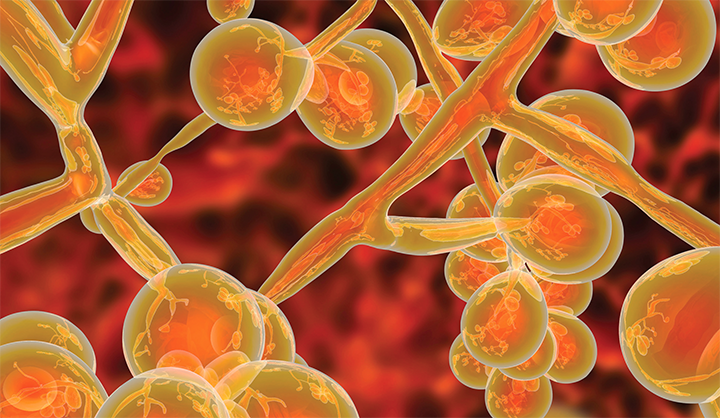Candida auris is a type of fungus that can cause serious
infections, particularly in people with weakened immune systems. First
identified in 2009 in Japan, it has since spread to at least 30 countries,
including the United States. According to the Centers for Disease Control and
Prevention (CDC), candida auris infections are on the rise, and pose a threat
to public health.
What is Candida Auris?
Candida auris is a multidrug-resistant fungus that can cause
infections in various parts of the body, such as the bloodstream, the brain,
the ear, the eye, the respiratory tract, and the skin. The symptoms of candida
auris infections vary depending on the location and severity of the infection,
but can include fever, chills, fatigue, pain, redness, and drainage. Candida
auris can spread easily in healthcare settings, such as hospitals, nursing
homes, and long-term care facilities.
Why is Candida Auris a Concern?
Candida auris is a concern for several reasons. First, it is
resistant to many antifungal drugs, making it difficult to treat. Second, it
can cause severe infections that can lead to hospitalization, sepsis, and
death. Third, it can survive on surfaces for weeks or months, and can spread
from person to person through contact with contaminated surfaces or equipment.
Fourth, it can be misidentified or undetected by standard laboratory methods,
leading to delayed or inappropriate treatment.
How to Prevent Candida Auris Infections?
Preventing candida auris infections requires a combination
of measures, including:
- · Hand hygiene: Washing hands with soap and water or using alcohol-based hand sanitizer before and after caring for patients, handling equipment, or touching surfaces.
- · Personal protective equipment: Wearing gloves, gowns, masks, and eye protection when interacting with patients with candida auris infections.
- · Environmental cleaning: Disinfecting surfaces, equipment, and rooms with appropriate agents that are effective against candida auris.
- · Screening and isolation: Identifying and isolating patients with candida auris infections, and screening high-risk patients for colonization.
- · Antifungal stewardship: Using antifungal drugs judiciously, and monitoring for resistance and adverse effects.
- · Education and communication: Training healthcare personnel on candida auris infection prevention and control, and communicating with patients and families about the risks and precautions.

Comments
Post a Comment